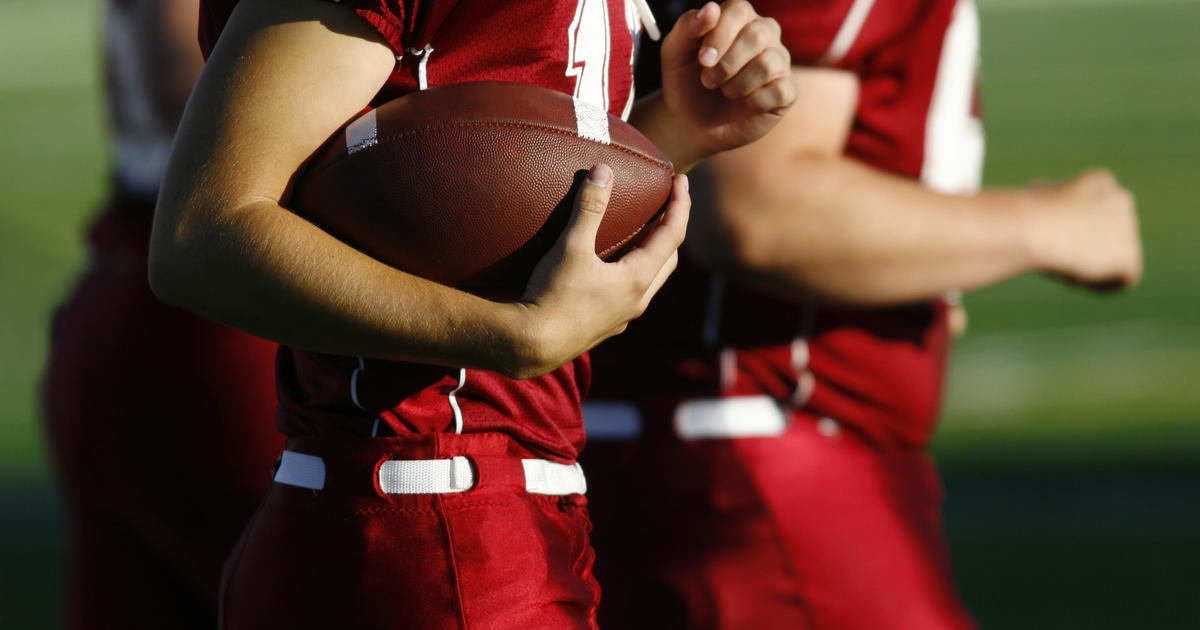A late-summer heat wave is creating dangerous conditions for student athletes across the country preparing for the fall season.
Among the most dangerous heat illnesses is exertional heat stroke, which is caused by vigorous exercise and hot, humid conditions. Unless treated right away, it can become fatal.
“(Exertional heat stroke) is one of the three leading causes of death in high school sport in America,” Doug Casa, the CEO of the Korey Stringer Institute, told CBS News.
Named after the Minnesota Vikings player who died of heat related illness in 2001, the institute’s mission is to prevent heat-related deaths and help rehabilitate athletes.
To help keep kids safe, the institute has several recommendations for schools, including:
- Have athletes get acclimated to the heat before practicing in full uniform
- Take mandatory water breaks
- Have a cooling tub to treat overheated players
- Make sure the school has an athletic trainer
“They don’t want to depend on a coach if their child is going to die or live when they have a medical emergency,” Casa said.
Christina Emrich, certified athletic trainer at Red Bank Regional High School in New Jersey, roams the sidelines, at the ready to help.
“If you recognize it and treat it, exertional heat stroke is 100% survivable,” she said.
Among the tools she uses to protect students is a device that measures the “wet bulb globe temperature,” which shows Emrich how much heat stress athletes may be experiencing. Experts say this is a more accurate measure of what athletes experience, because it takes into account the ambient temperature, relative humidity, wind speed and radiation from the sun. Devices cost around $400 to $500, but the data they provide can help save lives.
Without prevention and treatment tools, the impact of heat can be devastating on the body — something Ryan Swoboda knows all too well.
In July 2017, on his third day of practice as a freshman on the University of Virginia’s football team, Swoboda collapsed. His core temperature had shot up to a life-threatening 109 degrees, landing him in the hospital for three weeks.
“I remember I got there and I wanted to prove myself,” he said. “I had damage to a lot of my organs.”
After more than a year in rehabilitation, he recovered and went on to play professionally in the NFL.

